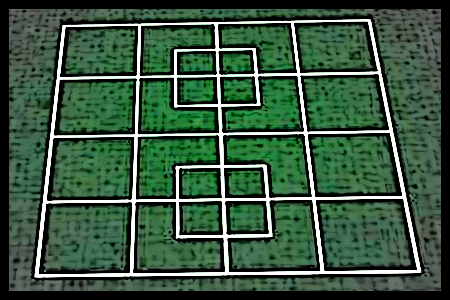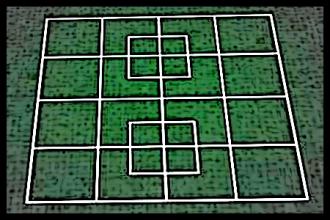How many squares?
Finding the number of possible squares in this pictureCorrect answers: 115
The first user who solved this task is Djordje Timotijevic.
#brainteasers #math

Two rednecks are walking down...
Two rednecks are walking down different ends of a street toward each other, and one is carrying a sack. When they meet, one says, "Hey Tommy Ray, what'cha got in th' bag?"
"Jus' some chickens."
"If I guesses how many they are, can I have one?"
"Shoot, ya guesses right and I'll give you both of them."
"OK. Umm... five?"
"Jus' some chickens."
"If I guesses how many they are, can I have one?"
"Shoot, ya guesses right and I'll give you both of them."
"OK. Umm... five?"

